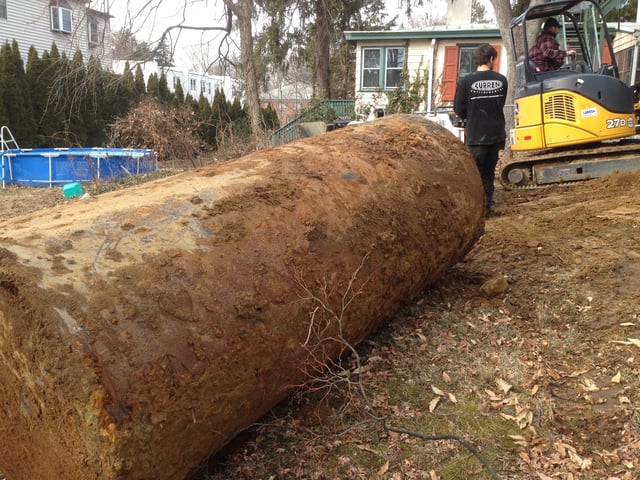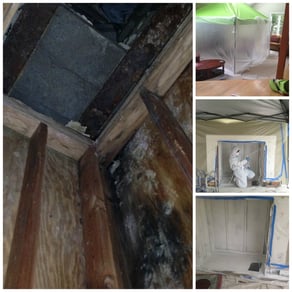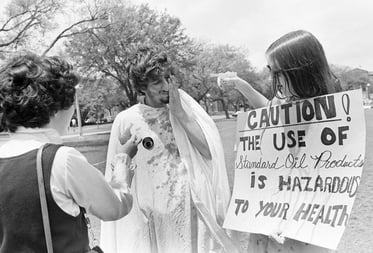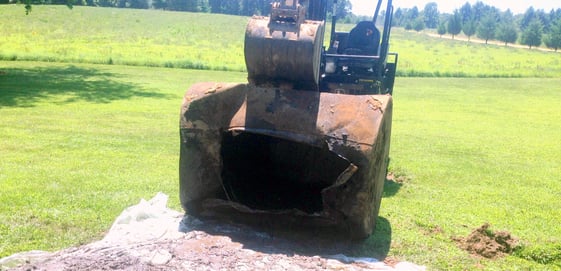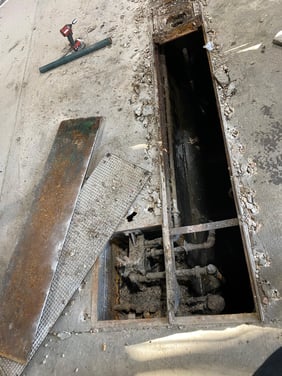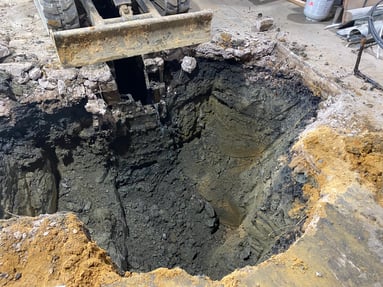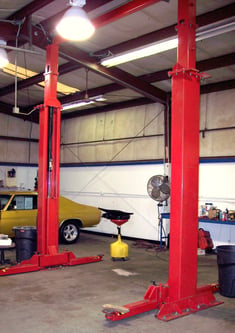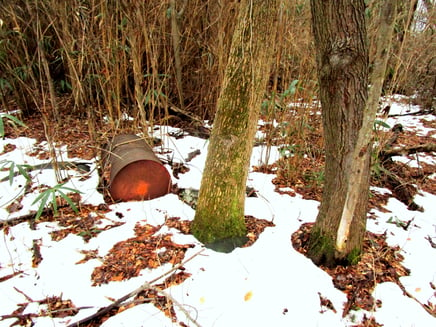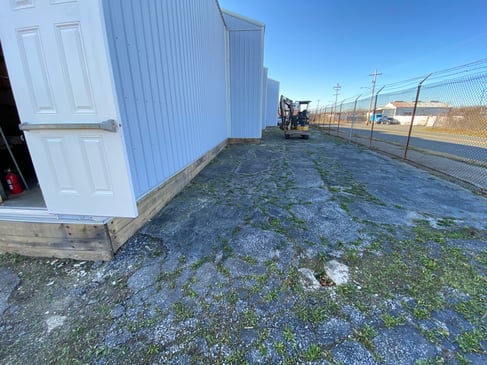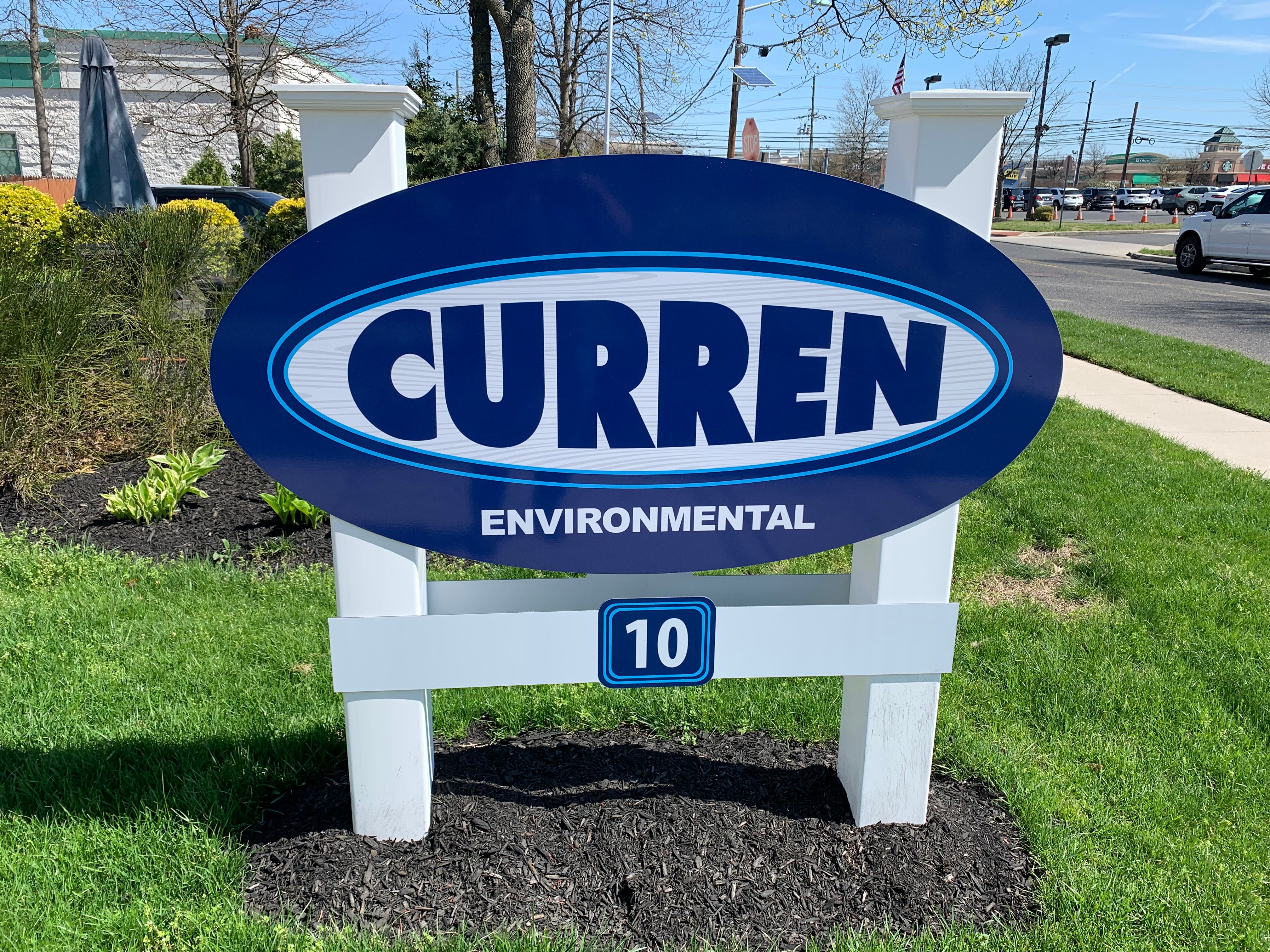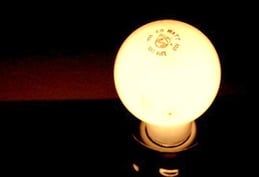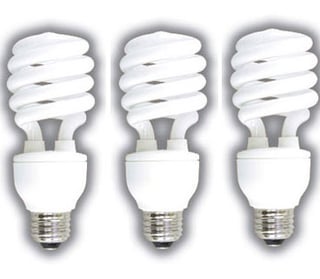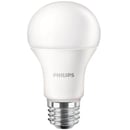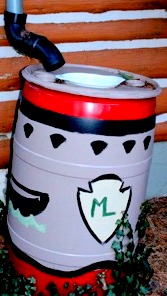Oil Tank Removal New Jersey, how do I choose an Oil Tank Removal Company?
“I want to remove my oil tank, and I see a lot of concerning information on the internet regarding oil tank removal.” We hear that a lot, removing an oil tank is an activity that only a small percentage of the population will have to deal with and of that small percentage, it will be a once in a lifetime occurrence. Anything that must be done once must be done right, the same holds true for removing oil tanks.
So you want to remove an oil tank? Looking for the best oil tank removal company? There are many companies that offer tank removal services, some better than others, some cost less, some hold no certifications and then there are those that just want your hard earned money, meaning they want to tell you that you have a problem and must remediate.
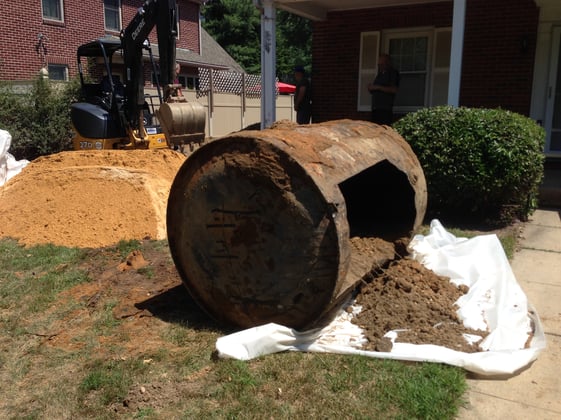
What do you need to consider when deciding to remove an oil tank?
Any company removing oil tanks today should be in business at least 10 years and have a place of business, not operating out of the comfort of their own home. The reason for an office is the company should have their own equipment and labor. Google the address of the said company and if it is a residential home, than that company probably subcontracts the work which means you wind up paying more in the end. Move onto the next company in your google research. Business’s that have not been doing tank removal for long probably have entered the business from another type of work such as exterminating or excavating, neither is an environmental professional business. You want an environmental professional to manage your oil tank removal. We see more and more business’s starting up and trying to do tank removals, we see many complaints from people who have engaged these firms.
In today’s technological age, most tank removal projects can be assessed without an on-site visit. Before the internet, site visits were mandatory and today only a few situations occur where a site visit takes place, when tanks are under decks or structures, but the majority of tanks are easily accessible. Remember someone had to dig a hole to bury the underground tank originally and if your house was built before 1945, the tank was installed after WWII, when the house converted from coal to oil. While lack of a site visit may concern you or you may want someone to come see your property, in realty your tank removal is not much different than any other. The more experienced companies have been doing tank removal for years (at least over 10), so your particular scenario has been done more than once. In addition, the person visiting your site is most likely a salesperson, a person you do not want to deal with when making a once in a lifetime decision, such as a tank removal.
When hiring a Company to remove your tank what information should you expect to have ready?
Keep in mind good companies want more information so they can make the best decision for you. The information needed or requested can include the following:
- Size of tank.
- Age of tank.
- When was the tank last used?
- Quantity of liquid in the tank (if known).
- Where the tank is on the property (underground is not the appropriate answer). Correct answer is under grass right front corner of house, ect.
- Reason for tank removal. The reason this is important is if you are removing the tank due to a real estate transaction, the company should be aware since you want to expedite the process as possible.
Ok, so you have supplied the company with your tank information, what should you expect back from them? What should an oil tank removal contract include?
- Written contract of the tank removal with line items detailing what is included and what is not. Yes - many tanks are removed without a contract and issues arise over he said she said. Regarding what is included in the tank removal cost, often times permit fees and liquid disposal are additional charges as they vary from site to site and town to town, you only want to pay your required share.
- A detailed explanation of what tank closure report you will be receiving. Cannot stress enough how important this is as the documentation you receive after tank removal is what a buyer of your property is going to want to see to feel confident that your oil tank is not an issue. All you need to do is google “oil tank leak” and you will see what buyers see and it is alarming. Remember, reports do not write themselves, someone competent has to be on site for the tank removal to document your specific project details and relate that into a report, including detail of work, photos and a professional opinion why the tank did or did not leak. From 20 years of tank removals, Curren sees one page homemade tank certifications that provide very little in detail regarding the tank work, certainly not enough to satisfy a buyer or a buyer’s attorney.
- The most important thing to look for in removal of an oil tank is an explanation of how the company will assess for leaks and the cost for soil sampling. We see an alarming number of quotes to remove oil tanks that make no reference to soil testing after tank removal or why it is important. We see contracts that state the cost is based on the “tank not leaking”. Well, let us agree we do not want our oil tank to leak, but what if it does? It’s a good idea to explain what would happen if the oil tank leaks If you want to believe that your 50 year old oil tank will last forever, think again. Does your roof last 50 years or your appliances? These types of wear items need to be replaced after a certain amount of years. Your tank will not last forever. Knowledge pertaining to the oil tank process including if the tank leaks is paramount if you want to make a good decision. To be clear the oil tank removal contract should include costs to test the soil after tank removal and provide a clear explanation of what the results will mean.
- Tank removal soil testing is not required by law, but it will be requested by the buyer of your house so why not test? If you were buying a house with are removed oil tank, we would want you to have the testing data and a report from the tank removal company that the tank is in compliance with the environmental regulations. Why would someone buying your house not want the same?
Why is Soil Sampling after oil tank removal important?
- All oil tanks do not leak but testing is imperative to know 100% that there is no leakage. Let us agree a doctor cannot tell your cholesterol level without testing, so how can you tell if your tank did not leak without testing? More important how do you know if your tank leak requires remediation without testing? Answer is you don’t. If the tank removal company says they just know you need remediation based on looking at the tank and the soil, they are most likely selling you a bill of good.
- Every State has a permissible level of petroleum that can be left in the ground. Simply put, not every tank that leaks requires remediation. How do you know if you need remediation from an oil tank leak? You must test the soil at time of removal. Do not spend a dime for remediation, no matter what the tank removal company says, UNLESS you have lab data and a written explanation from the removal company explaining why remediation is required. I say this because we get calls and review lab data from people who had a tank removed and a large percentage of the tame the soil does not require remediation,
- No one has x-ray vision or the ability to tell concentrations of oil in soil by looking at it or by using a vapor meter, (vapor meters or Photoionization detectors can only detect presence or absence of aromatics such as oil or perfume). If your oil tank company says your tank excavation has high vapor readings, ask them to check your person after you apply perfume or cologne, guarantee the meter would find you contaminated as well, but you do not need remediation. My point circles back to the need for soil sample laboratory analysis.
Our office gets calls every day regarding someone who hired the wrong company to remove their oil tanks. What are the common oil tank removal complaints?
- My tank was removed, they saw holes in the tank the company made and I was reported to the state.
- My tank was removed Monday and on Wednesday I have an expensive quote to remediate?
- I was told my tank needs remediation but I did not see any contaminated soils or smell anything?
Oil Tank removal facts.
- Not every oil tank leaks.
- Not every oil tank that leaks requires remediation.
- No one can tell you accurately that your leaks require remediation without testing.
- Removing an oil tank is considered remediation.
- Budget tank removal meaning lowest cost invariable boomerang to proposed cost to remediate which typically cost 5 to 10 times the cost of tank removal.
- If you feel like you are not getting accurate information from the oil tank removal company, you probable are not, get a second opinion.


